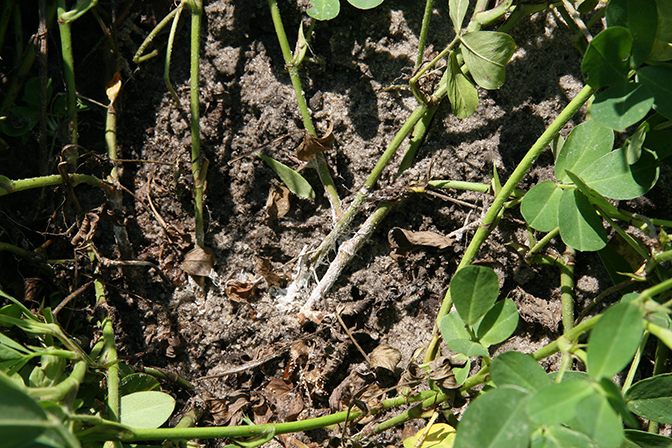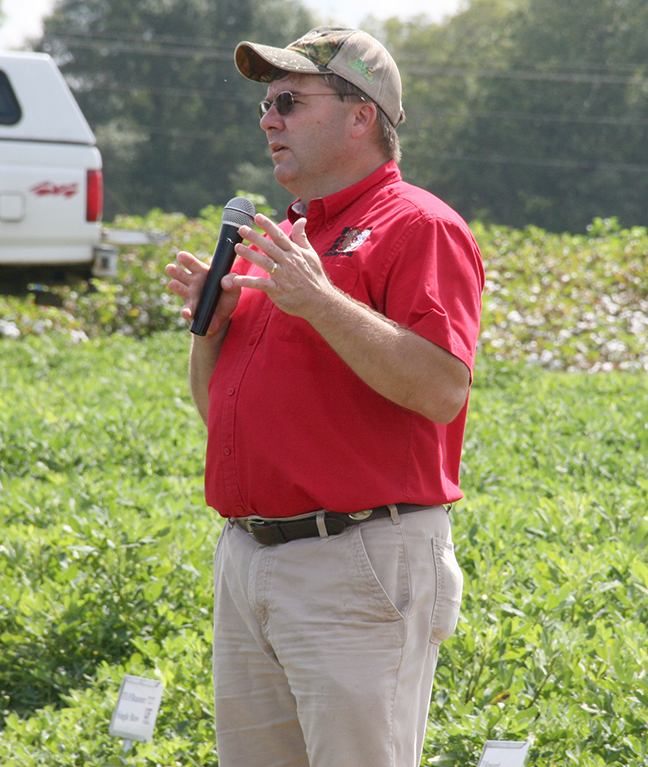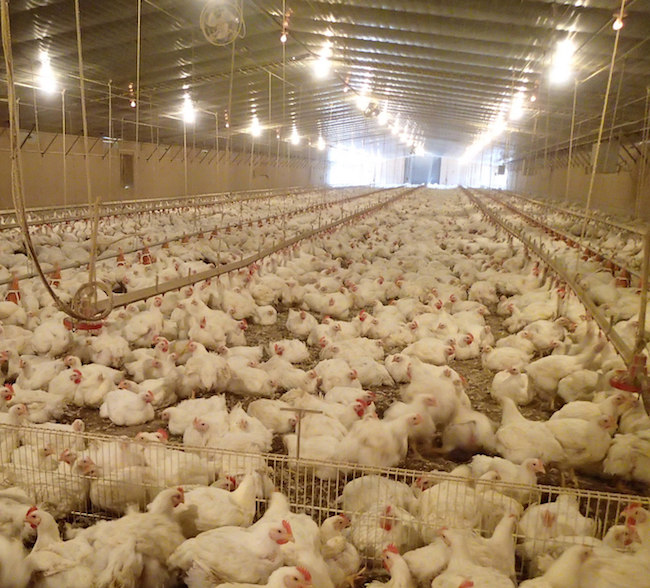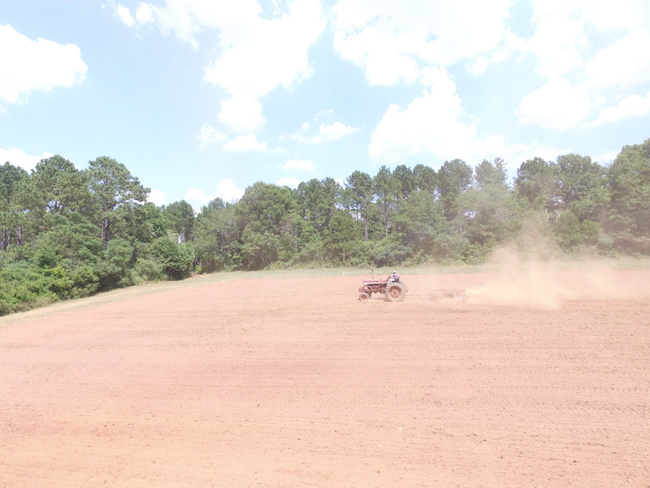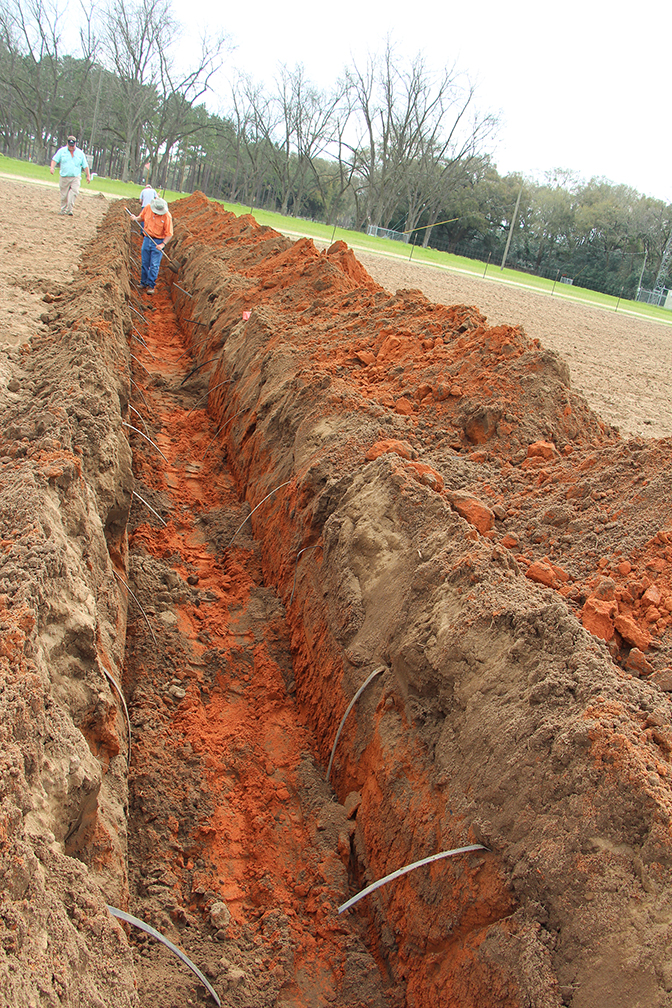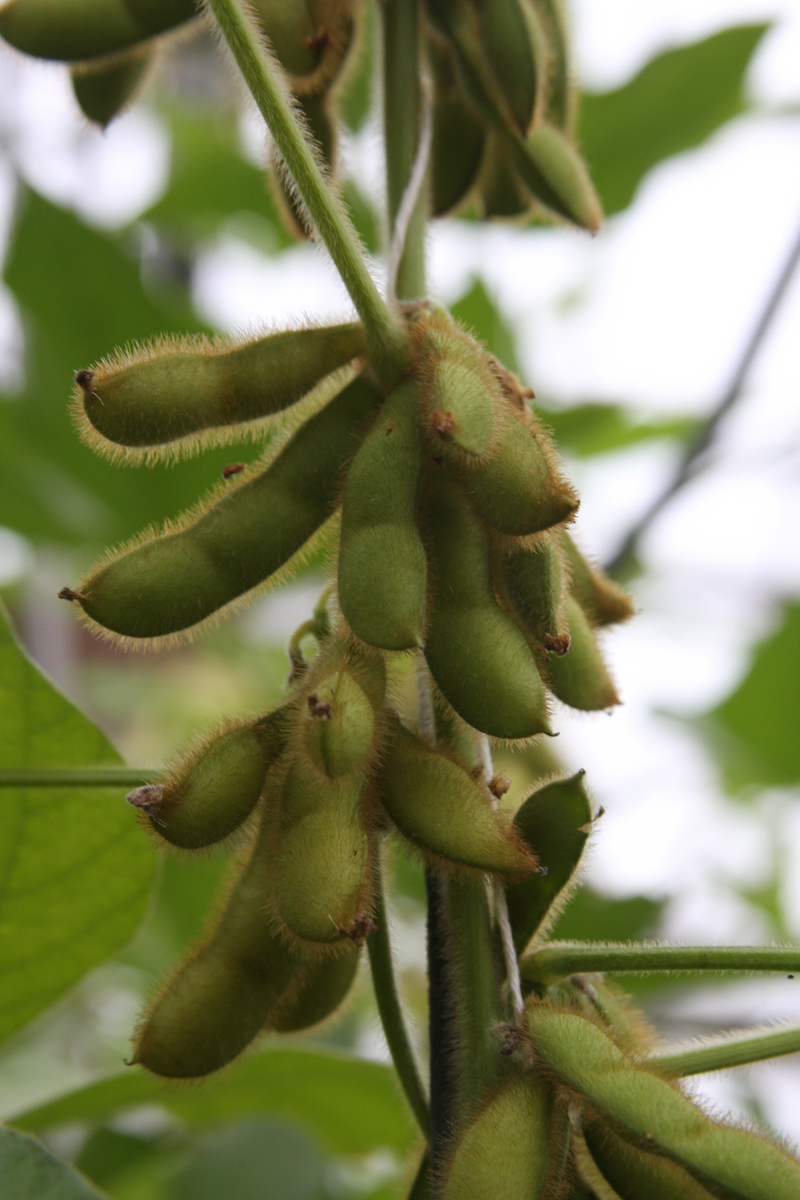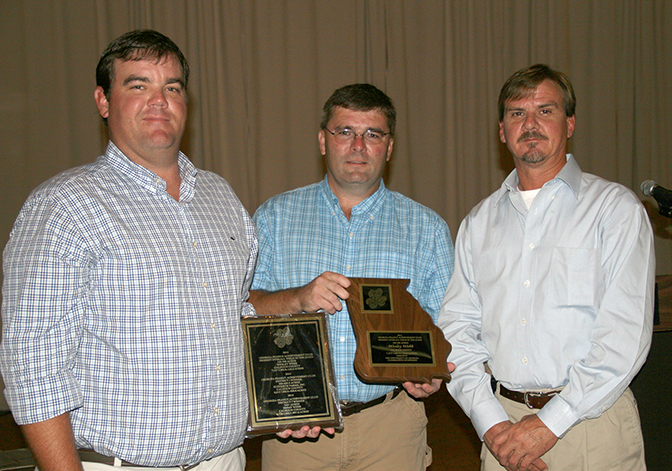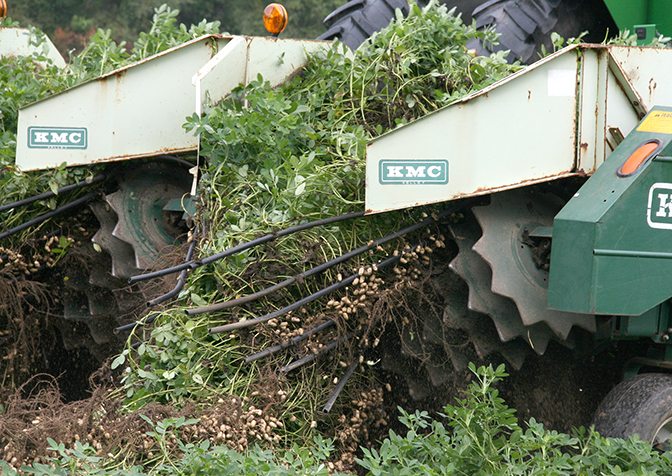 CAES News
CAES News
Georgia Peanut Tour
The top peanut-producing state in the country showcased its 2015 crop during the annual Georgia Peanut Tour, which was held Sept. 15-17. Tour attendees learned why peanuts are a high-value crop for Georgia farmers.

